AARP Hearing Center

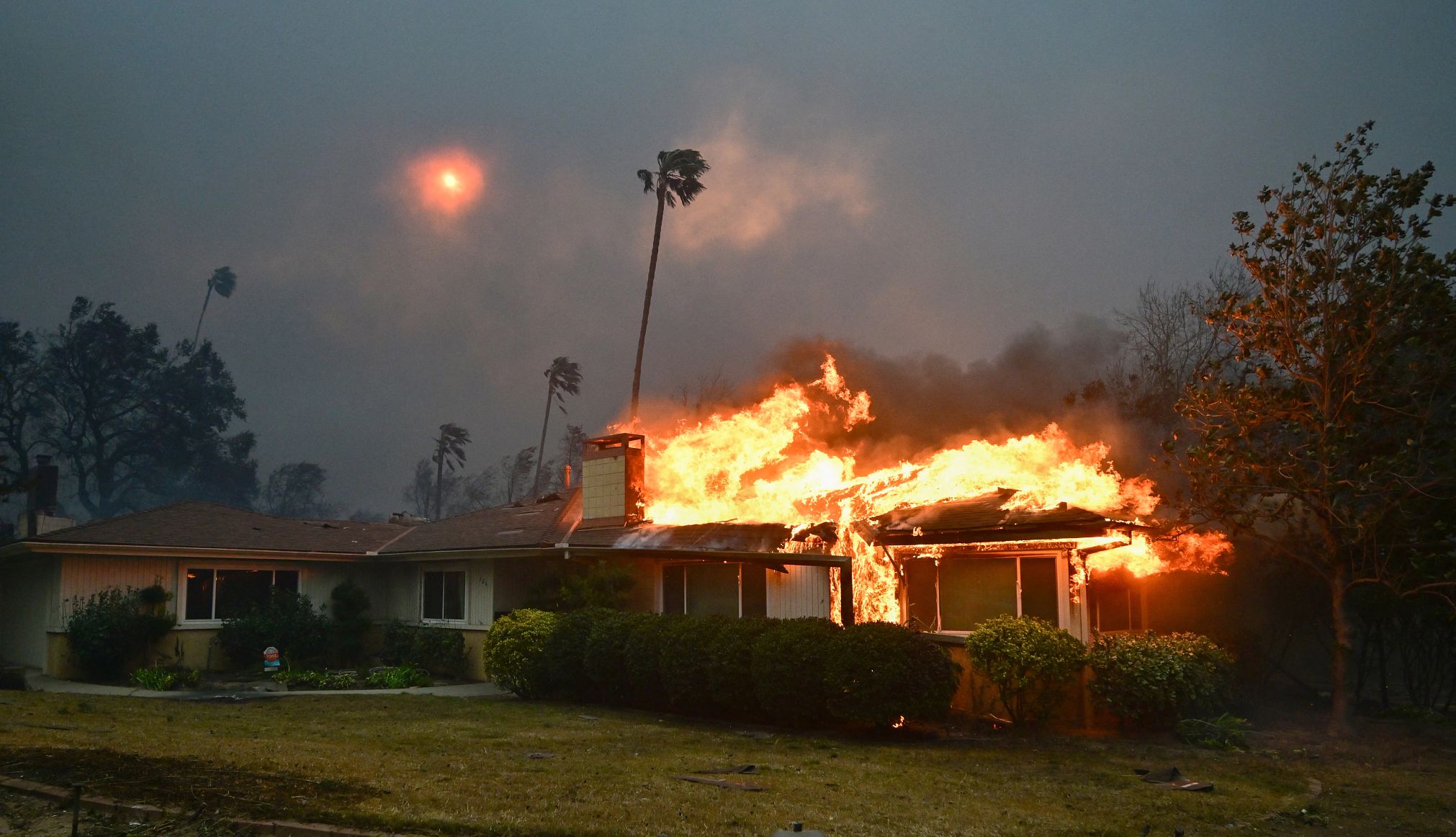
Elizabeth Christie, 42, was shopping in her local Target store in Los Angeles last week, her heart heavy with thoughts of the wildfires ravaging her city, when she was approached by a woman bearing a basket of baby items. “Excuse me,” said the woman, “I lost my home in the fire… Can you help me buy a few things for my baby?”
Sure, said Christie, who works as a bookkeeper and was feeling devastated after learning that her sister was among the thousands of residents who had lost their homes to the fires. She followed the woman to a self-checkout kiosk, she says, then her stomach dropped when she saw that the basket was full of unusually expensive items, including a $50 thermometer. She ended up anxiously paying the total, $180, despite her rising suspicions that the woman was lying about her plight – confirmed the following day when she received a notice that the items had been returned at a different Target store.
“I didn’t tell my husband for a full day because I was so embarrassed,” says Christie. “I just took money that we put aside for people who had lost their homes and got it taken away in a scam.”
Terrible events like the wildfires can bring out the best in people; volunteers across Southern California are donating food, money, and places to sleep to the many who've been left homeless, and countless Americans beyond the region are supporting charities meant to help those afflicted.
AARP Foundation creates relief fund for L.A. area wildfire victims
AARP Foundation has created a relief fund to support the victims, with AARP matching contributions dollar for dollar, up to a total of $500,000. One hundred percent of the money raised will go to organizations providing relief and assistance to disaster victims in the affected areas. To make a tax-deductible donation to AARP Foundation, an AARP charitable affiliate, go to aarp.org/disasterrelief/.
And yet: Tragedy also tends to bring out those who hope to profit from the pain through disaster scams. It’s a sad fact that criminals are among the first to respond during and in the wake of a devastating event — when their potential victims are at their most vulnerable. “Fraud criminals are drawn because there is so much need and so many people that are distraught, and research supports that stressful life events make us more susceptible to scams,” says Kathy Stokes, director of fraud prevention programs with the AARP Fraud Watch Network.
The scam Christie experienced, in fact, is a common scheme that’s sometimes referred to as the “baby formula scam,” because the scammer often tells a stranger she needs help buying food for her child — then might throw in other pricey items at the register that she’ll later return for cash.
When so many people are suffering, a story of desperation like hers is more plausible — and the scammer was surely aware that Christie was likely to be primed for sympathy.
There are, unfortunately, an array of other, more common disaster-related scams to be aware of, whether you’re a wildfire victim or want to help Californians in need. Among them:




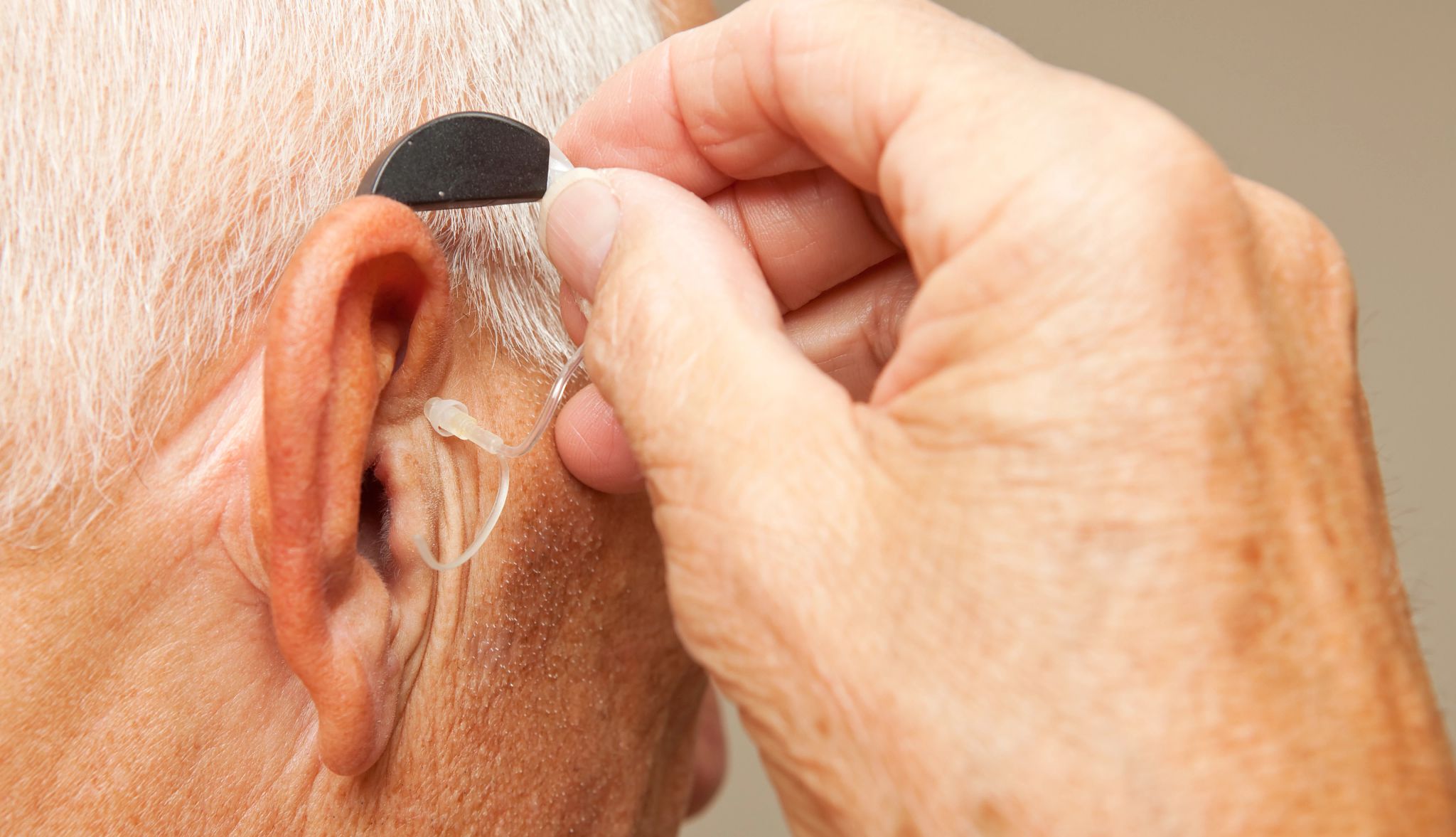



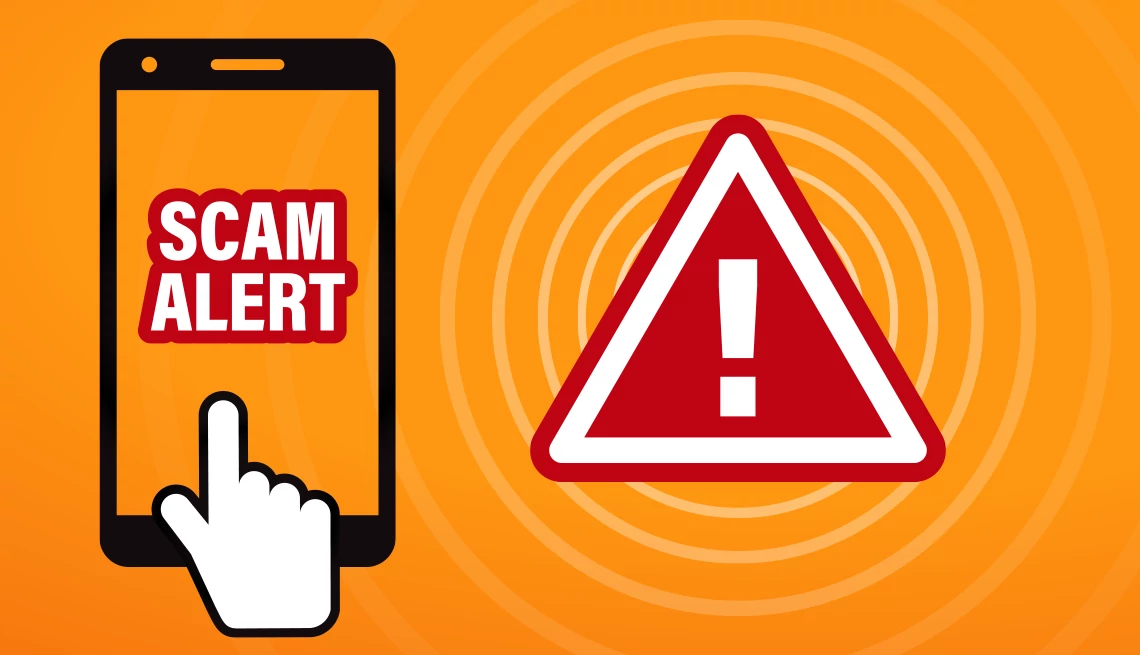
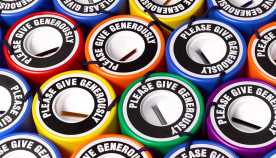

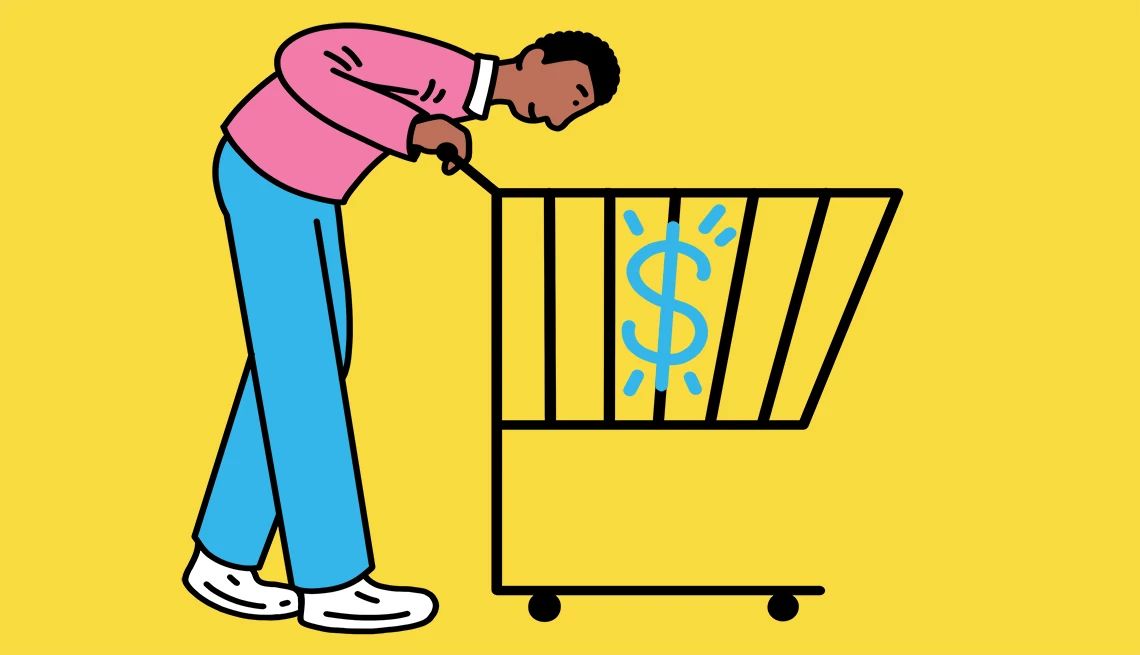

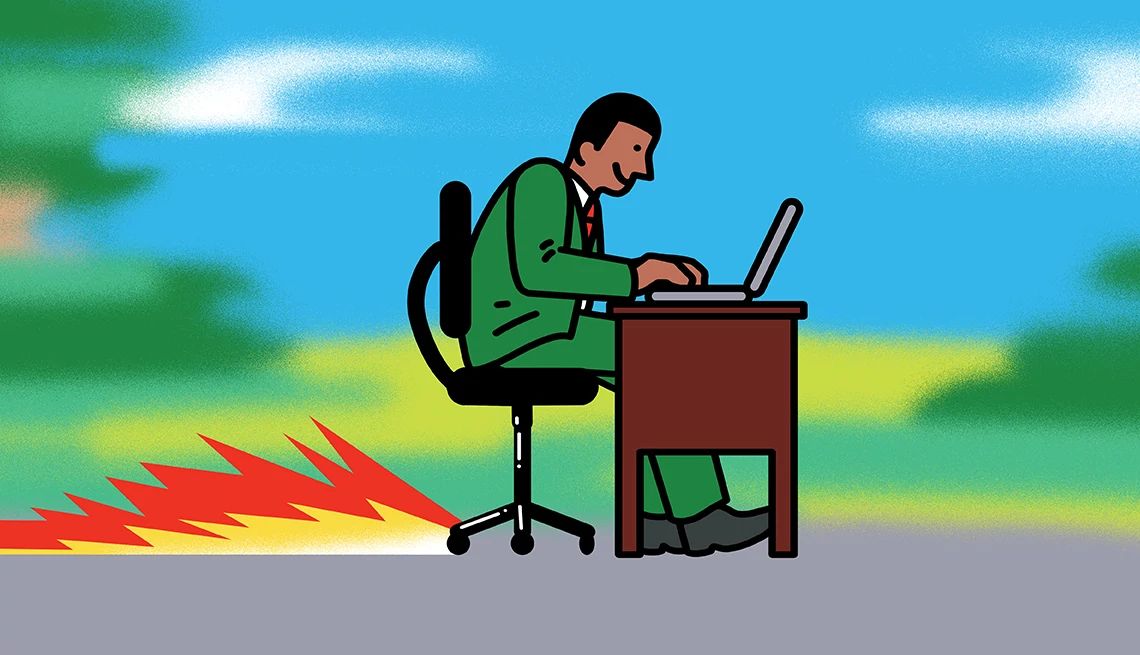



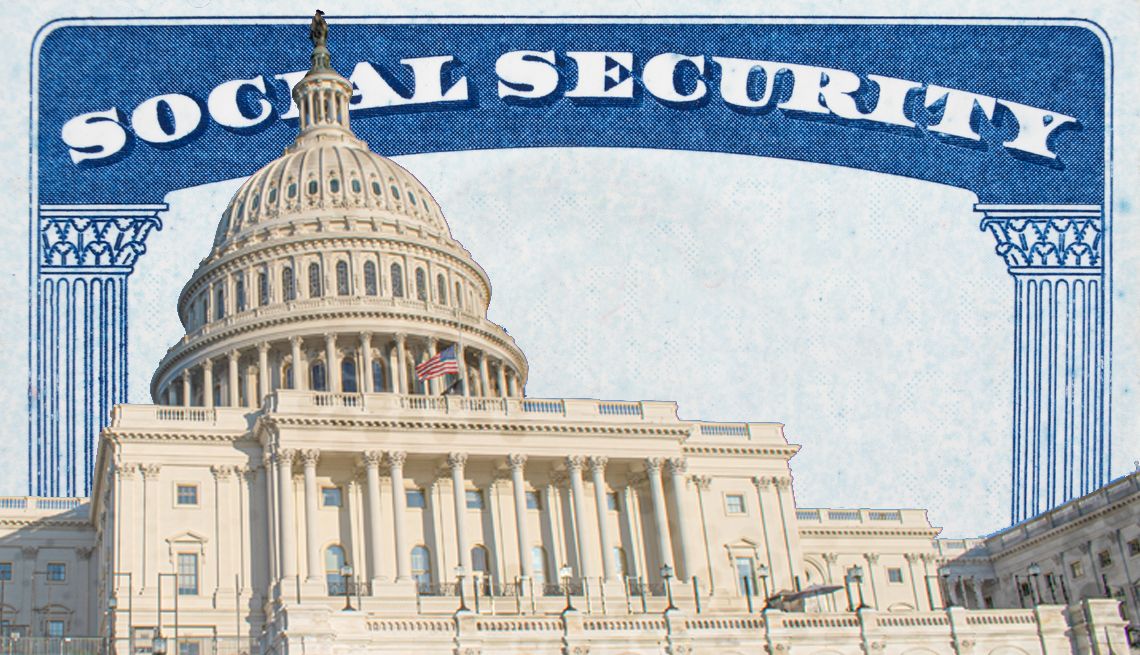
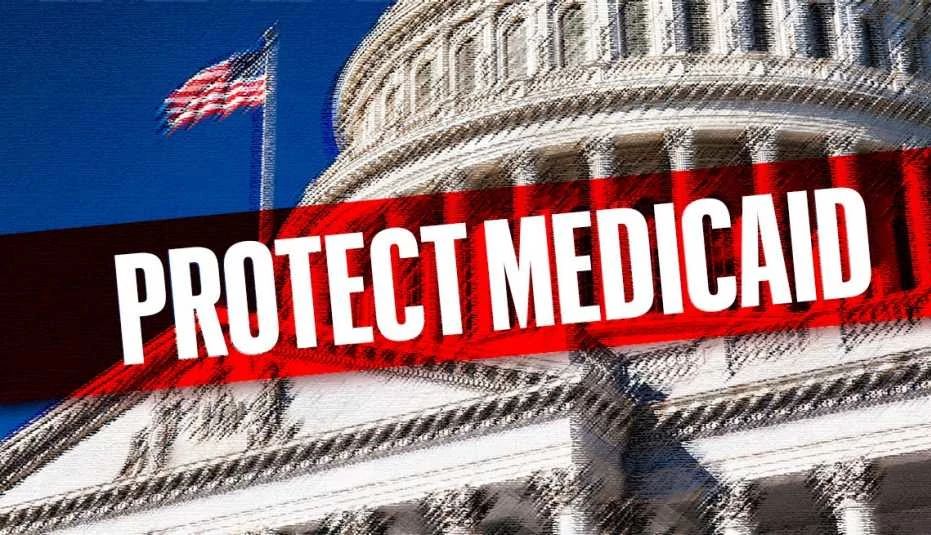
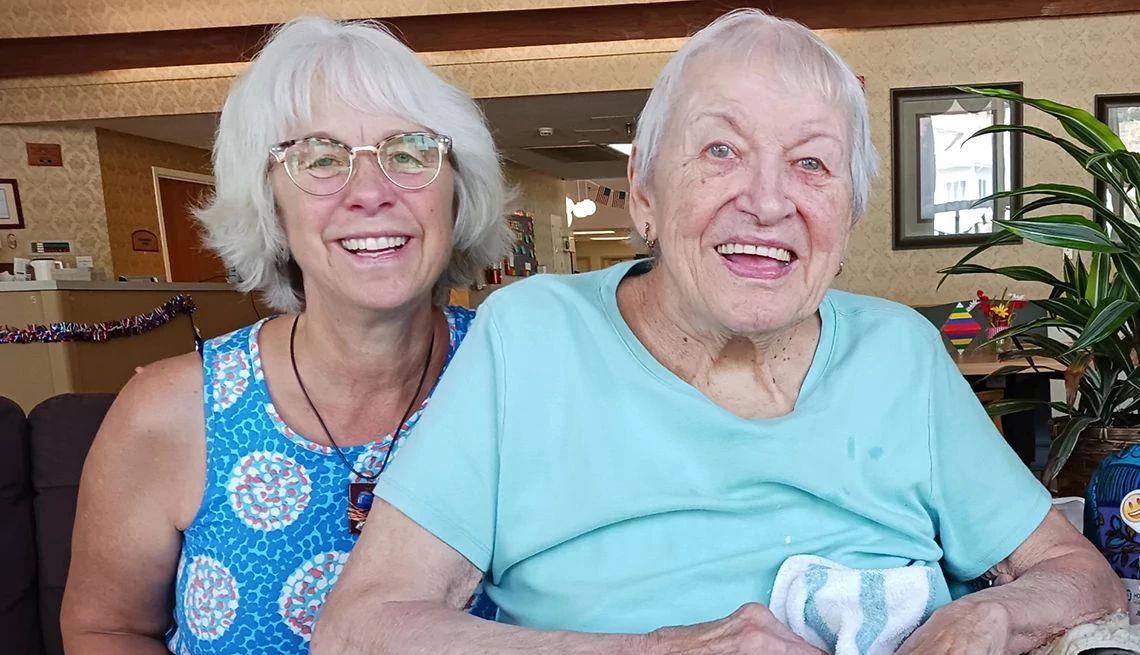

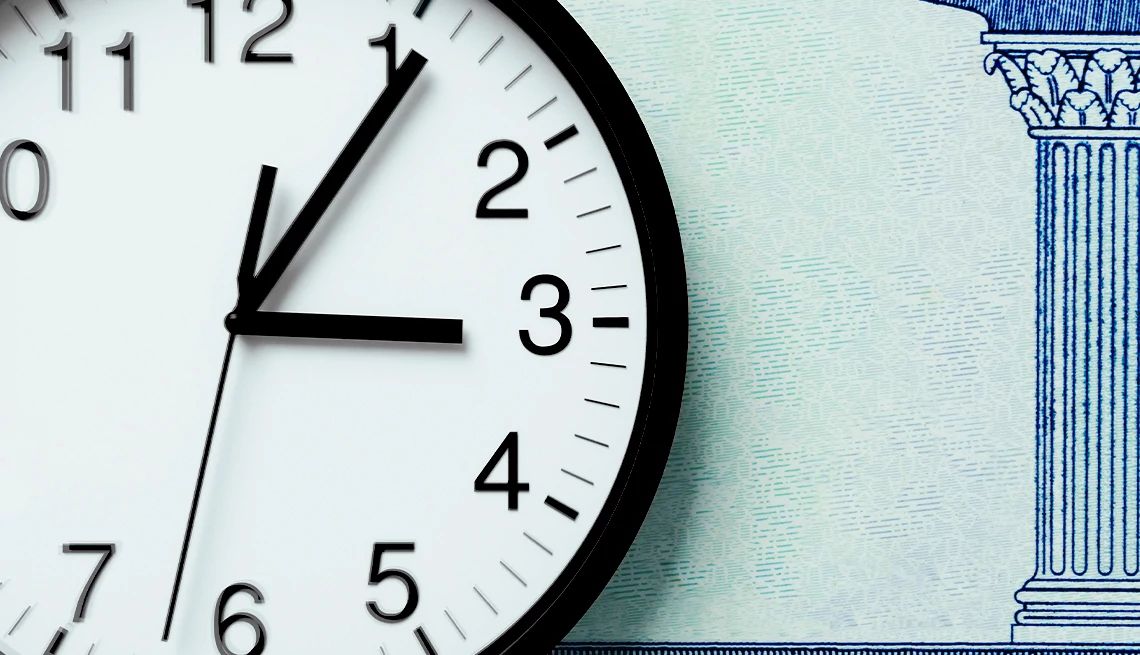

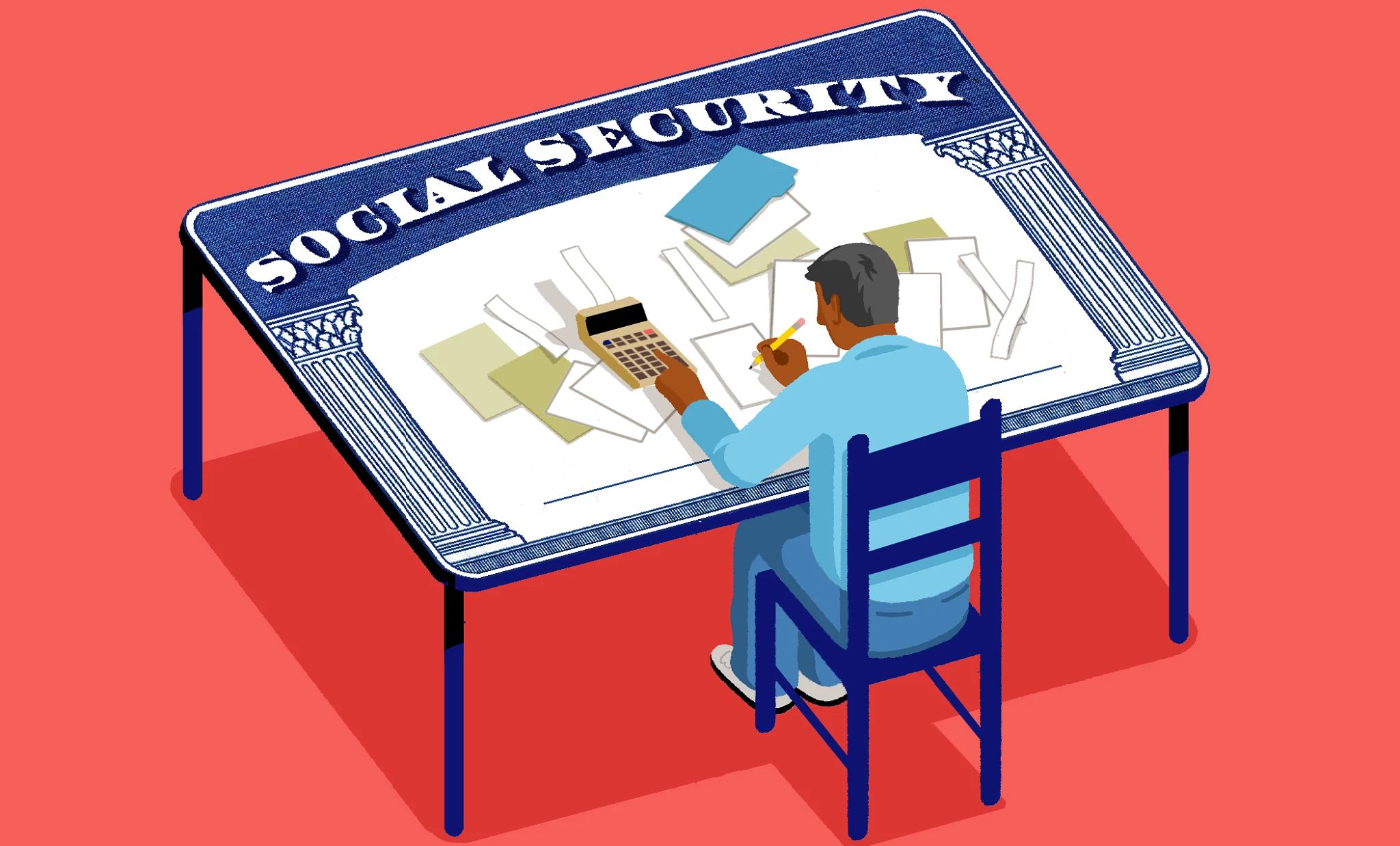






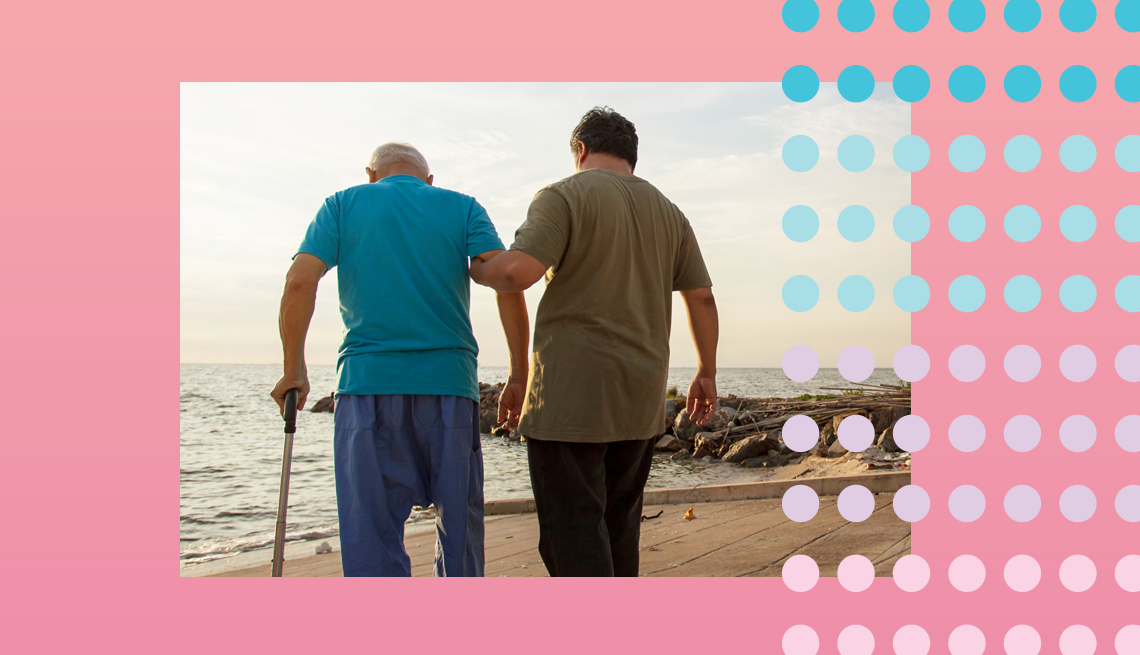






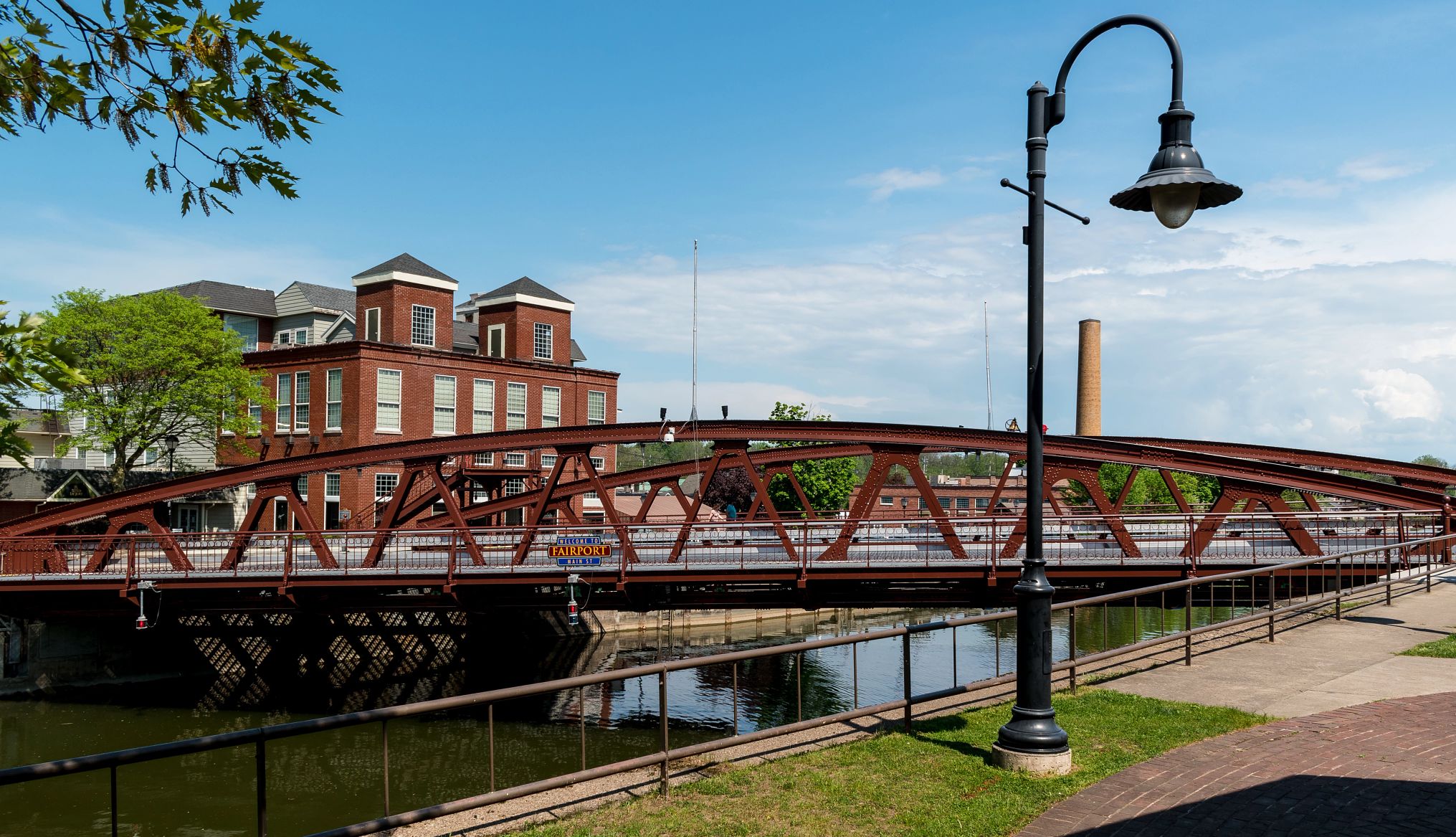

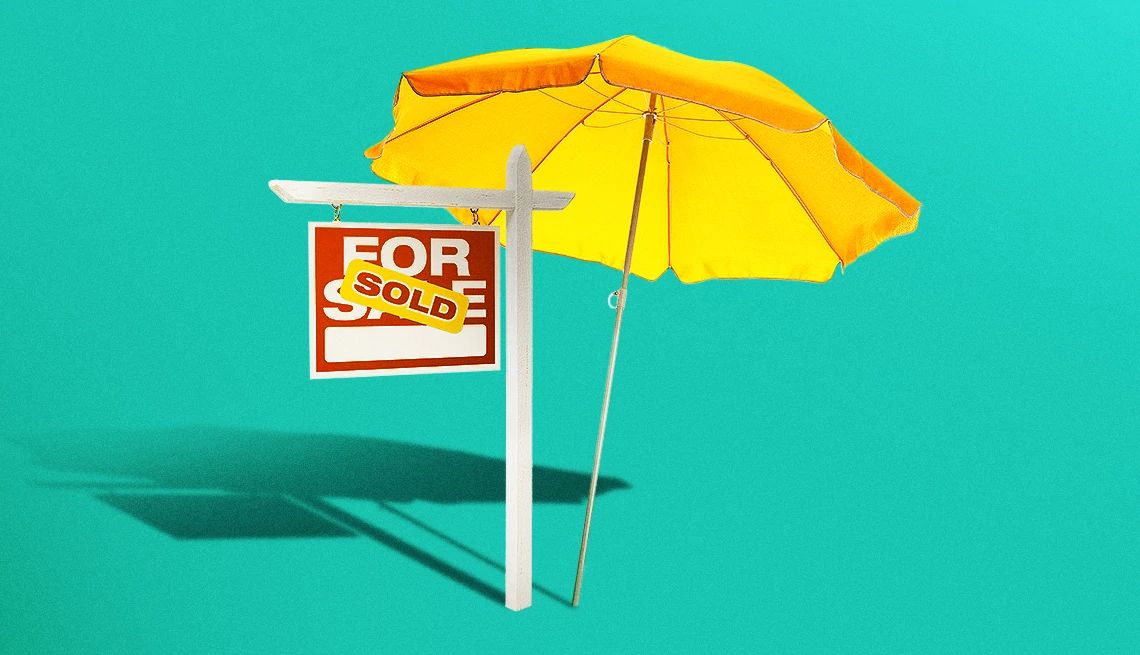







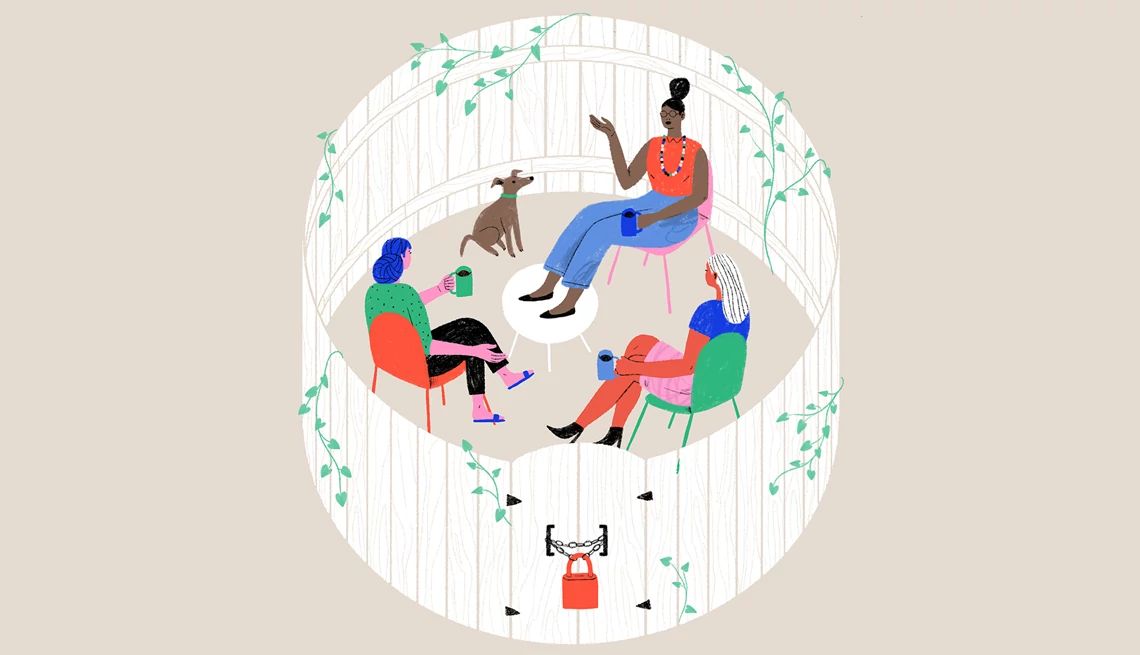

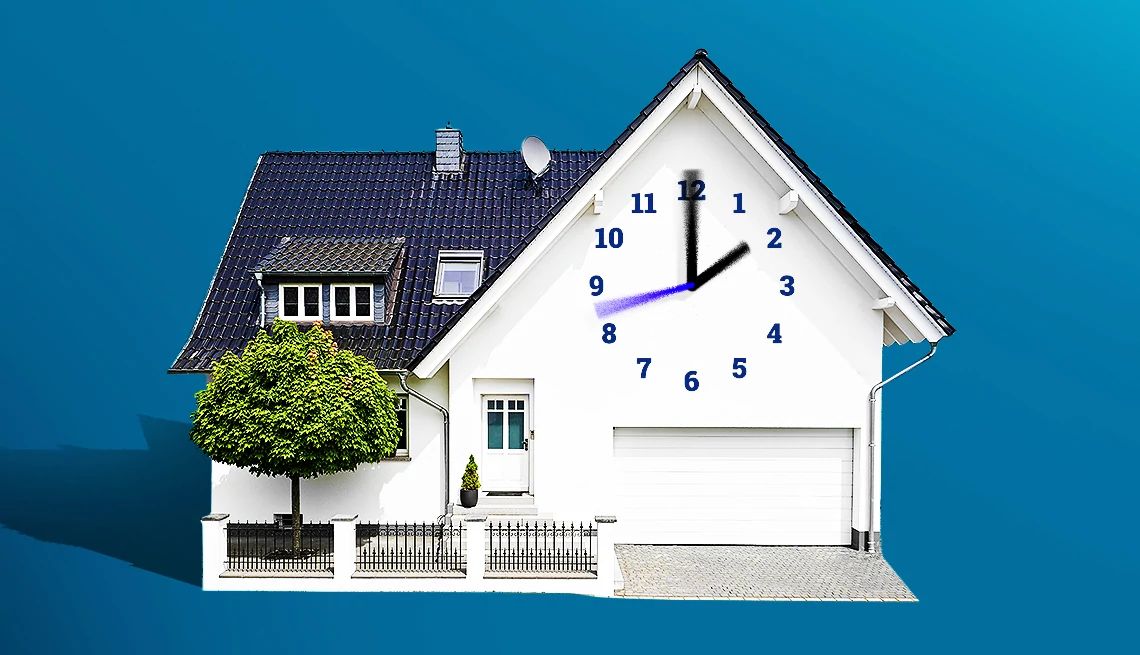


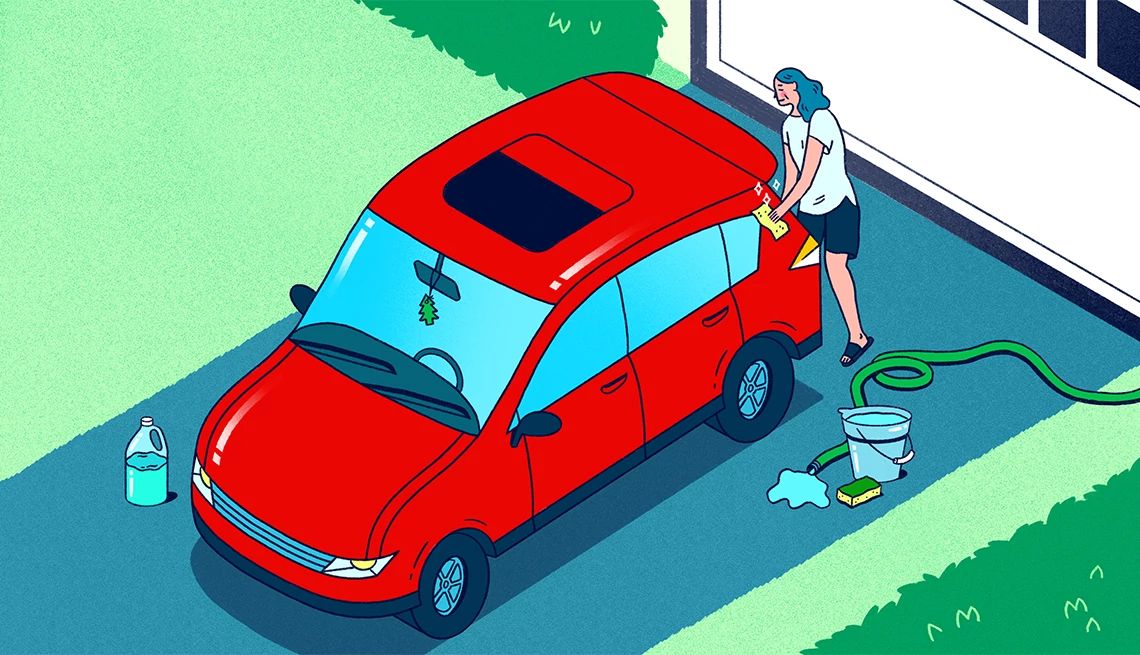















More From AARP
LA Fires: How to Get Information and Resources
Government, nonprofit and other resources that bring help to those impacted
Essay: We Moved to Los Angeles for the Chiller Vibe. And Then the Fires Hit
Beautiful home, wonderful friends. Will LA continue to be the dreamland they hoped for?
5 Things to Know About Wildfire Dangers
The damage done can reach every aspect of life. The ability to be prepared if you are in an area with them can help minimize the impact.